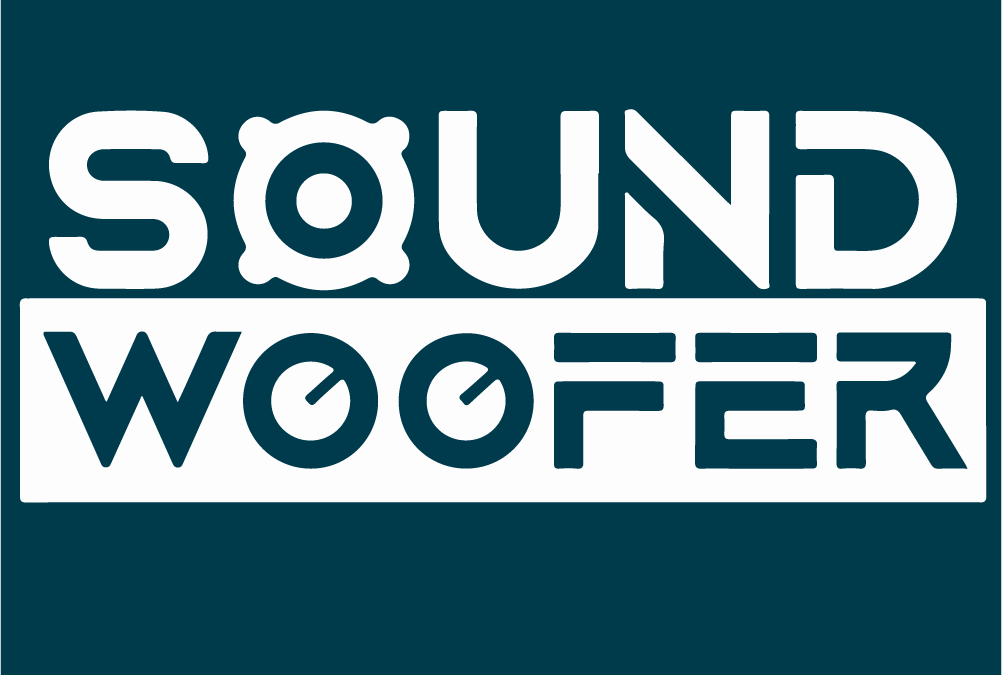1. Applying the Schema Mindset:
-
Concept: Soundwoofer’s schema strategy was built on treating every piece of content as structured data for AI. This mindset helped make all website elements, such as blog posts and video resources, schema-optimized to enhance visibility and understanding by AI-driven systems.
-
Example: The “Soundwoofer Reactions” video series was treated as a set of structured data points using the VideoObject schema. Each video was tagged with key metadata, including upload date, description, and content URL, ensuring AI could efficiently access and present them.
2. Detailed Schema for Content Segmentation:
-
HowTo Schema:
-
Concept: Soundwoofer made extensive use of the HowTo schema for instructional content, breaking guides into distinct HowToSteps to help AI understand each part of the tutorial.
-
Example: The guide “How to Create/Record an Impulse Response” was segmented into steps like “Open DAW and Create Tracks” and “Place Noise Burst on Track.” Each step was tagged as a HowToStep, which allowed search engines to present the content in an actionable format, such as a featured snippet or voice response.
-
-
ItemList and CollectionPage:
-
Concept: Lists such as “Top 20 of All Time” were tagged using ItemList and CollectionPage schemas to provide better structure for users and search engines.
-
Example: The “Top 20 Most Downloaded Impulse Responses” list used the ItemList schema to tag each impulse response, including details like position and specific attributes, making it easier for AI to understand and present these resources in response to user queries.
-
3. Emphasizing Relationships and Context:
-
Concept: Soundwoofer used schemas like BreadcrumbList to establish the interconnected nature of their content, creating a clear internal structure that AI could easily understand.
-
Example: For a HowTo guide, the BreadcrumbList schema indicated its hierarchy on the website—from “Home” to “Guides” to “Impulse Response Tutorials.” This helped AI understand the content’s location, enhancing its ability to provide relevant navigation suggestions to users.
4. Optimizing Multimedia Elements:
-
VideoObject and AudioObject Schema:
-
Concept: Multimedia elements were tagged with schemas like VideoObject and AudioObject to provide AI with metadata, enhancing discoverability in search results.
-
Example: The video “Soundwoofer – Reactions at Rocksta Sound Ranch” was tagged with the VideoObject schema, specifying details like the video thumbnail, content URL, and description, which enabled rich snippets to be displayed in search results.
-
5. User Intent Over Keywords:
-
Concept: Soundwoofer focused on answering user questions directly, using schemas to ensure that their content aligned with user intent rather than simply relying on keywords.
-
Example: The “How to Use an Impulse Response” guide used HowTo schema to provide structured, step-by-step answers to common user questions, making it easy for conversational AI (like Siri or Google Assistant) to generate direct responses.
6. Programmatic Schema for Scalability:
- Concept: For managing a large volume of user-generated content, Soundwoofer implemented programmatic schema to apply structured data consistently across the site.
- Example: Impulse responses were tagged using programmatic schema that automated the extraction of key details like microphone type, position, and cabinet type. This allowed all new impulse responses to maintain a consistent structure, making it easy for AI to interpret and present them effectively.
7. Supporting Conversational AI:
-
QAPage and FAQPage Schemas:
-
Concept: These schemas catered to voice search and conversational AI, making it possible for AI to extract precise answers from Soundwoofer’s guides and articles.
-
Example: The FAQPage schema was used in guides to provide answers to frequent user questions about impulse responses, enabling AI systems like Alexa to deliver concise, accurate answers in response to voice queries.
-
8. Building for Future AI Capabilities:
-
Concept: The schema strategy was designed not just for present needs but also to prepare for future AI developments, like voice search and multi-language content.
-
Example: The use of inLanguage schema specified that content was available in multiple languages, enabling Soundwoofer’s tutorials to cater to international audiences and enhancing their relevance in non-English searches.
9. Schema Markup as a Foundation for Prompt Engineering:
-
Concept: Schema served as an early layer of prompts that guided AI in understanding how to interpret content effectively.
-
Example: By tagging the “How to Create an Impulse Response” guide with HowTo schema, Soundwoofer effectively “prompted” AI on how to interact with and present the guide’s content in a user-friendly way, such as through step-by-step voice interactions.
10. Summary and Impact:
-
Concept: Soundwoofer’s schema strategy involved a deeply integrated approach that combined technical SEO and user experience, all geared towards making content accessible and comprehensible to AI systems.
-
Example: By utilizing schemas like VideoObject, HowTo, FAQPage, and BreadcrumbList across the website, Soundwoofer not only enhanced its search visibility but also ensured that AI could understand and present its content effectively, leading to better engagement and discoverability across multiple platforms.
Would you like to optimize your website for the next generation of search?
